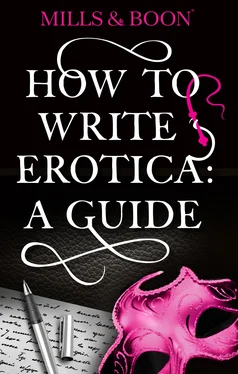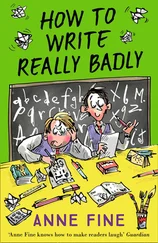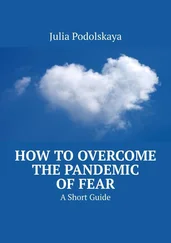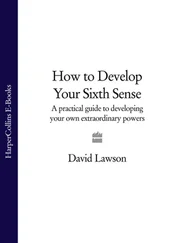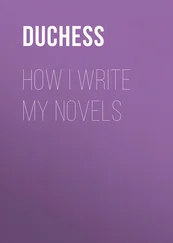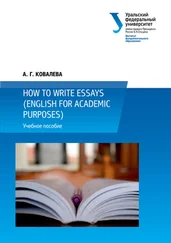Besides, swapping between genres forces you to come at various situations from a different perspective, and so helps keep your imagination honed through constant use. And a lot of women writers out there aren’t even women at all, it’s just that male readers often like to see a woman’s name on the cover as it excites them to think a woman might be into the same kind of rich and fervid fantasies as they are.
Having said this, we would stress that the niche market is not likely to give you the biggest financial return on your investment of time and energy, and it’s only likely to appeal to those who are in it for its own sake. Besides, the most extreme forms of niche, e.g. non-consensual sex, obviously bypass the erotic market completely, finding themselves squarely in illegal territory. Two key words to remember when writing erotica: legal and consensual.
Besides, why would anyone want to mess with that kind of stuff when there is so much wholesome filth available at no risk to life and liberty? Here is a brief—and far from comprehensive—rundown of the most popular subject areas these days:
BDSM—Stands for Bondage, Domination, Sadism and Masochism, and accounts for a healthy majority of the most popular types of erotic fiction around today. It’s usually written from the point of view of a heroine who finds herself strangely drawn to the brooding, powerful presence of a dominant male, and in the course of the book is subjected to any number of apparently painful and humiliating acts, in the process learning to embrace her submissive nature and forging a deep bond with her pitiless tormentor. The flip side of the coin concerns a hitherto ‘normal’ man who finds a similar level of security and fulfilment beneath the whip and high heels of a cruel mistress. There is plenty to commend this subset, and it’s easy to see why it’s so popular—which of us has not occasionally longed for a holiday from care and responsibility with a powerful and trusted companion making all our decisions for us? A timid or conventional reader can vicariously enjoy the thrills of confinement and submission without putting herself at risk, and with no awkward whip marks across the buttocks to explain in the gym later. Any deeper psychological explanation for an individual’s positive response to such treatment has been keeping psychiatrists in couches for decades, and goes way beyond the scope of this guide (!). Suffice to say, BDSM is ground-floor entry level for a lot of first-time writers of erotica, and there are numerous titles and authors around to help you find out whether this is the way forward for you.
Commercial—It may well have been the publishing phenomenon of EL James’s Fifty Shades of Grey trilogy, or any of its competing franchises, that inspired you to think about joining the party, in which case welcome to the world of ‘mommy porn’. Like all marketing or press-imposed slogans, that phrase is more misleading than helpful—the use of the word porn is intended to be pejorative, and it’s not only housewives or ‘mommies’ who read it—but the one thing it does show is that the readership for erotica now extends into areas that just a few years ago would have avoided it like a dull cliché. There is no simple explanation as to why many more women are now enjoying erotica than in their parents’ day: perhaps it’s simply a symptom of the increasing liberality in society; perhaps when family budgets are tight we’re forced to find our pleasures in other, less traditional fields than the package holiday or the wine bar; or is it merely proof that escapism likes to keep up with the broader trends in society? Whatever the reason, mainstream erotic literature is now a fact of modern life.
Fan Fiction—Often the jumping-off point for new writers, who either start by concocting reverential homage pieces in the style of their chosen favourites, or simply plunge straight in with vivid and energetic accounts of Jean-Luc Picard getting it on with Admiral Janeway in the airlock of the starship Whatever. The advantage here is that the author can adapt a ready-made universe peopled with established characters who will already be familiar to the reader. On the down side, such franchises are generally copyrighted to the hilt, and owners are rarely chuffed at the thought of their property being misused and disrespected, especially if they’re not making any income from it. Tread carefully.
Fetish—Some might categorise fetish erotica as niche, but it depends on the niche and how much it impinges on the health and sanity of the protagonists. Fetishism is the unusual elevation of an object or action into a sexual turn-on in its own right, and it’s frankly amazing how so many humdrum subjects have been exalted in this way. Stockings and suspenders, for instance, started out with a purely practical function, but have been regarded as sexy for so long that these days they’re barely regarded as a fetish at all. Any inanimate object can find itself fetishised; the skill is to make the reader see in it what the characters see, which can require great sensitivity in the writing.
Historical—Lots of scope here for glamorous and unusual fashions, quaint-sounding dialogue and extinct social divisions. But bear in mind that in historical fiction tone is all-important, and the social politics have to fit the context or there is no verisimilitude. Any story set in the Restoration period that shows a poor working girl sleeping her way to the top and finally becoming prime minister will make most readers guffaw. It couldn’t happen, it certainly didn’t happen, so best not try to pretend it did. Wish fulfilment is one thing; wishful thinking quite another.
Modern Day—Most erotic fiction is set in the present day, and it’s easy to see why. To get inspiration for her characters and backgrounds the author need do no more than lift her head and look out of her window. She can concentrate on the kind of conflicts and dilemmas she and her readers are most likely to identify with. She won’t need to put on a voice or adopt a kind of pseudo-style to fit in with a more foreign background. Her language can be straightforward and precise. The challenge, of course, is to make literary gold out of such ordinary, humdrum materials in such a crowded market.
Role Play—The adult version of dressing up, this genre can take in everything from doctors and nurses to the enforced feminisation of willing men. Much of this genre is taken up with minute descriptions of the niche’s favourite clothing and accoutrements, and the protracted putting on and taking off of said gear. Often the clothing itself is out of the ordinary, though those good old standbys like leather, rubber and Lycra figure prominently, particularly if the setting is a riding school, tyre factory or gym. But again, a common trait in role-play stories is the assumption by one character of a dominant position and the meek compliance of another who is mildly astonished to be actually getting off on this sort of rough treatment. The important point here is plot development. The story should not merely consist of a repetitive series of dressing-up days, like an adult version of play school.
Vanilla—A slightly derogatory term for the kind of sex that many readers feel most comfortable with between the pages of an adult novel, but still with a strong erotic charge. Vanilla sex is straightforward and unkinky, a pure demonstration of mutual passion and attraction that is fully satisfying for the individuals involved. It tends to be soft core and prefers to describe the sex act in non-specific terms: in vanilla a man has a ‘maleness’ not an ‘erection’; women have ‘buds’ in place of ‘nipples’; and no one actually ‘comes’, though they might ‘experience an overwhelming crescendo of joy that sends them crashing like a wave on to a cosmic rock of euphoria’, or any combination of similar words in a slightly different order. In terms of tone, good vanilla sex is often the hardest to get right.
Читать дальше
